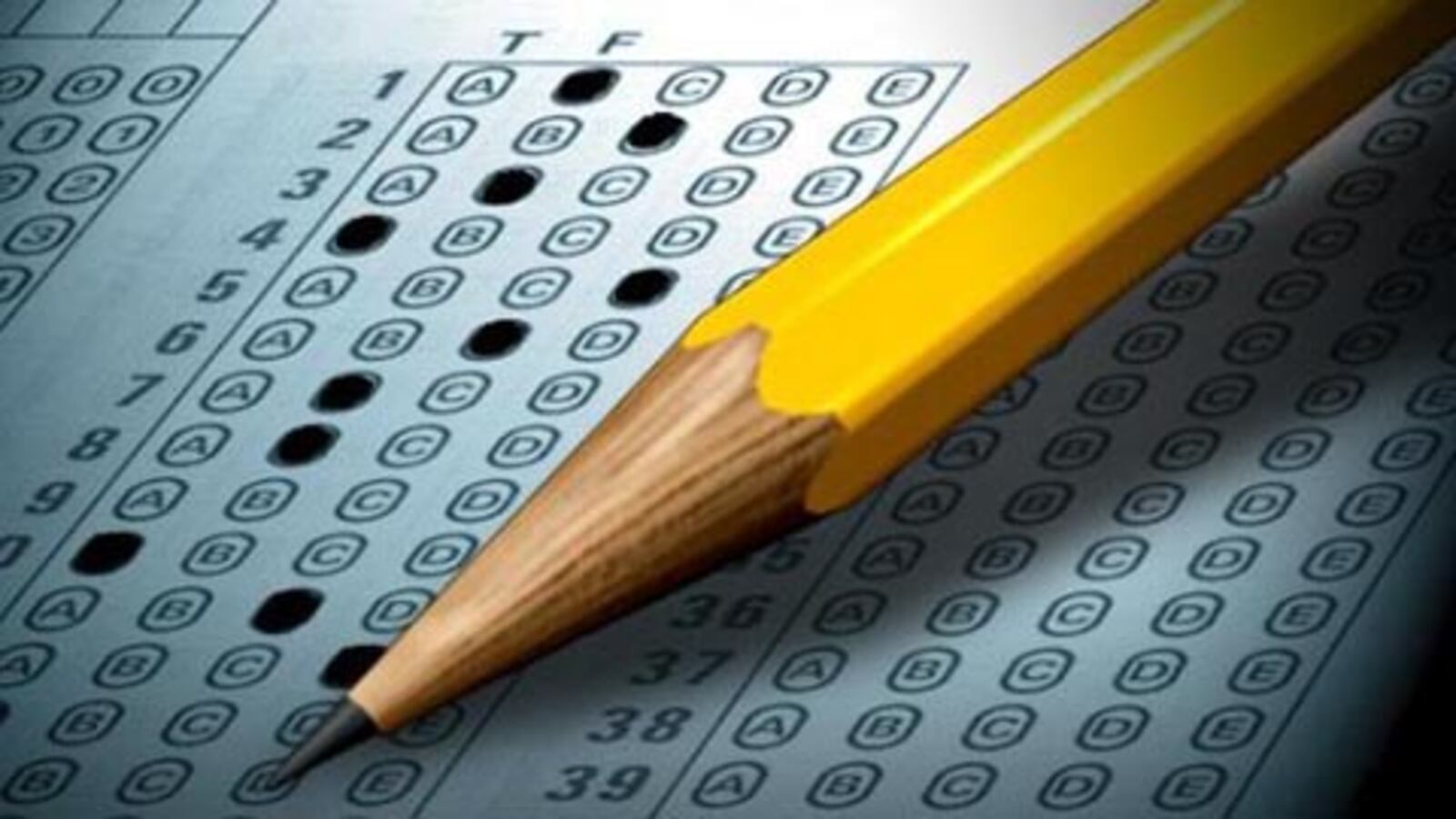A majority of U.S. Hispanic students planned to enroll in college last year, but nearly half weren’t ready for college level courses, according to a recent report from ACT.
In 2014, 83 percent of Hispanic students, who make up the largest demographic in public elementary and secondary schools in the country, said they planned to enroll in college but 47 percent of those students didn’t meet any of the minimum scores ACT uses to determine college readiness.
While this specific report didn’t include results at either the state or school district level, there’s good reason to believe Denver’s Hispanic students mirror this national trend. The average ACT subject scores for Hispanic students were all below the ACT benchmarks, according to data from DPS.
“Part of the information we get from the ACT is that we have too many kids who are not ready [for college],” said Susana Cordova, the Chief Schools Officer at Denver Public Schools. “So even though we see scores going up — our Latino students had a full point gain over the last year — we still know that white students have double college readiness rates, according to ACT, than our Latino students do.”
The benchmarks, which are set by ACT, are scores on subject tests that predict how a student will do in college courses. These scores indicate whether a student has a 50 percent chance of obtaining a B or higher or about a 75 percent chance of obtaining a C or higher in corresponding first-year college classes.
In 2014, only 14 percent of Hispanic students in the country who took the ACT met all four benchmarks, compared 26 percent of all students. The performance gap is even larger in Colorado where only 10 percent of Hispanic students met four benchmarks compared to a state average of 25 percent, according to a state-specific report from ACT.
The district is struggling to help Hispanic students for a number of reasons.
One problem is that a large portion of Hispanic students in DPS are also English language learners, Cordova said. The ACT is in English and includes reading and writing portions, which could be especially difficult for a student who isn’t fluent in the language.
In addition, the problem is cumulative, she said. Students don’t just suddenly fail to meet benchmarks their junior year of high school; they most likely didn’t meet minimum requirements long before the ACT.
“A lot of the work that we think about as ACT prep happens in high school, but it happens long before high school,” Cordova said. “It starts as early as elementary school…kids who are most likely to meet those college readiness benchmarks met those benchmarks along the way in elementary school.”
To help raise those student’s scores, DPS offers different resources to help high schoolers with ACT preparation.
Last year, about 1,300 students in 11 different Denver schools used the ACT preparation program Princeton Review. The program allows students to take practice ACT tests and provides feedback on what they need the most help in. Cordova said the number of students using Princeton Review at DPS is expected to double this academic year.
It isn’t clear how many of those students were Hispanic or English language learners. But according to enrollment data, nine of the schools that use Princeton Review have a Hispanic student population above 60 percent. In addition, those nine schools have an ELL student population that ranges from 40 to 80 percent.
However, as the data shows, Hispanic students still slip through the cracks and don’t meet the ACT benchmarks. But DPS finds other ways to help them be college ready, Cordova said.
Students who don’t meet ACT benchmarks in the 11th grade are encouraged to take remedial college courses the following year through concurrent enrollment. So if the district fails to help a student get adequate test scores, they can at least show they’ve met the minimum core requirements through college credit.
“We’ve had a very large push to make sure that students whose ACT scores show they’re not ready have the opportunity to take developmental education courses while they’re in high school,” Cordova said. “We think it’s important to look at what else we can do to ensure that kids are ready.”

